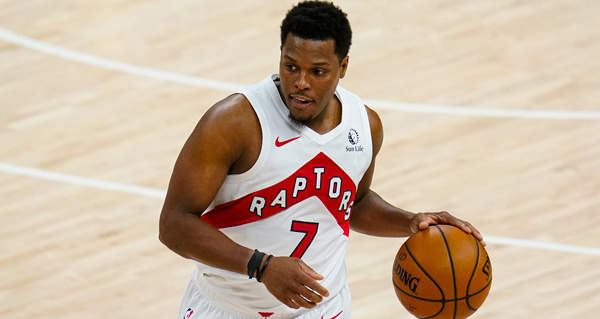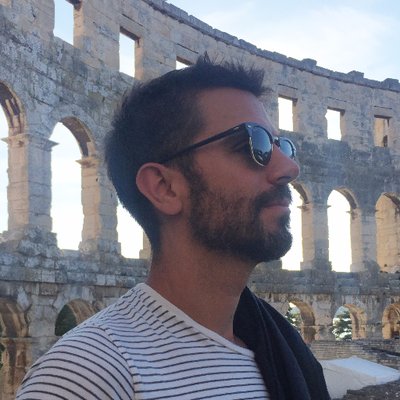The protracted, deliberative superstar free agency that for several days freezes a multitude of teams holding onto cap space after a series of high profile meetings, whether in the Hamptons, Los Angeles or downtown Cleveland, appears all but set to become a relic of the past decade. We most notably had this set of circumstances with LeBron James in 2010 and 2014, as well as Dwight Howard in 2013, Kevin Durant in 2016 and then culminating with Kawhi Leonard in 2019.
While this has commonly become known as the player empowerment era, celebrated by some and derided by others, the ability for players to have more agency in where they play and who they play with has been a byproduct of owners seeking shorter contract lengths in successive CBA negotiations, the 2003 draft class astutely setting the precedent to sign contracts with player options, as well as an extension system that disincentivized players to actually sign them as they would have to wait until free agency to sign for the maximum allowable amount.
Durant and Kyrie Irving’s free agency decisions in 2019 are more illustrative of how we can expect the process to play out in which they didn’t take any formal meetings and news of their commitments leaked even before the official start of the offseason. The lead up to Durant’s free agency in 2019 was decidedly more muffled compared to 2016, with a sense of inevitability that he would end up either with the Nets or New York Knicks. LeBron’s first free agency in 2010 and Durant’s in 2016 played out over several years with constant monitoring by teams and fans in which there was an extended germination process. They were spectacles that raised the profile of the NBA, its best players went to better teams and delivered titles. LeBron’s 2018 free agency was more formality and assuaging tampering optics than real rumination on his part.
Whether players of that station even reach true free agency and ponder a decision, sloppily in the cases of Dwight Howard in 2013 and Gordon Hayward in 2017, while the league is frozen is probably the more pertinent question. The correction of the extension system coming out of the 2017 CBA, with a 35 percent supermax, has effectively ended free agency for most superstars.
Even though his play dropped off in the years following his decision to re-sign with the Knicks in 2014, Carmelo Anthony hinted at the blueprint when he took the extra year and money and privately acknowledged that he could be traded if it didn’t work out. Anthony was traded to the Oklahoma City Thunder in 2017 and then again to the Atlanta Hawks in 2018 and was then bought out.
Durant, who was a free agent every summer between 2016 and 2019, has already signed an extension with the Nets, while Irving and James Harden are also expected to extend. LeBron and Anthony Davis have extended their deals with the Los Angeles Lakers. Leonard and Paul George are on long-term deals as well with the Los Angeles Clippers. Joel Embiid just extended with the Philadelphia 76ers. Luka Doncic and Trae Young are now on long-term rookie scale extensions.
Beyond Zion Williamson, it is difficult to identify a player who has enough juice to shut down free agency and is also in a situation where he will soon become a free agent. Bradley Beal and Zach LaVine, by nature of the limitations of the extensions available to them currently, will likely become free agents in 2022 but neither player is good enough to become a tentpole free agent. The number of teams with meaningful cap space for 2022 is down to three, all of which are rebuilding. If either player leaves their incumbent team, it will likely be via trade at the deadline or in a sign-and-trade next summer. If Williamson signals he won't sign his rookie scale extension with the Pelicans next summer and is prepared to go the qualifying offer route, it is difficult to envision the franchise calling his bluff when they could trade him for a package similar to the one they received from the Lakers for Anthony Davis.
The money available to players via extensions is too rich to reject and the trade packages for superstars are too massive for teams to turn down for a player who doesn't want to be there anymore. The incentives are firmly in place for all interested parties.
The prior arrangement between the NBA and its superstars undoubtedly increased casual interest in the league with the apex coming in the May through July stretch in 2016 when it had the record-breaking Golden State Warriors coming back from a 3-1 deficit against the Oklahoma City Thunder before losing a 3-1 lead of their own to the Cleveland Cavaliers in The Finals, followed by Durant leaving the Thunder for the Warriors on the Fourth of July in what was a suspenseful free agency. The three most recent MVPs, LeBron, Durant and Stephen Curry were all centrally involved in those events. The MVP in the subsequent season, Russell Westbrook, was conspicuously ditched.
The league is probably better served without a quotidian rumor mill. There was a palpable sense of exasperation in 2019 when Leonard left a franchise that had just won a ring to sign with the Clippers while also orchestrating the George trade. There are better things we can do with our time than exhaust ourselves with Photoshopping every star into every jersey and discussing what-ifs of future Finals while another Finals is actually being played.
The material downstream effect of this rapid free agency is on players who aren't on non-minimum contracts.
With more players on short-term contracts than ever before in this Stars and Scrubs NBA that Owen Phillips recently coined, free agency is undeniably overloaded but it is hardly with momentous, league-altering players. It is musical chairs with the music at 5X speed in which most fungible players feel compelled to take the best immediate offer as teams brutely replenish the end of their roster.
Players and agents have come to believe free agency ends by the time the sun rises on Day 2 and pressure mounts if a deal isn’t done by then, whether it be through social media taunting or panic from friends and family. Both players and agents have self-imposed a timetable on themselves that greatly favors teams. This is particularly the case for players with Bird rights on teams that have no reasonable ability to replace them.
The final new trend of free agency that has been bubbling for a few years but became too blatantly egregious to ignore is the NFL-like inflation of contract totals in the initial reporting. Josh Hart’s three-year deal that contains only one guaranteed season, which was confirmed by three agents on the record, was the most excessive.
Even Chris Paul, the outgoing president of the NBPA, had what was initially reported as a $120 million deal later be identified as only guaranteed at $75 million. Spencer Dinwiddie and Mike Conley similarly have partial guarantees in the final season of their new contracts. Kyle Lowry had the most robust market of teams interested in him, but his $90 million contract became an $85 million one a few days after it was initially reported.
In contrast to the Paul deal, DeMar DeRozan and Aaron Goodwin stayed patient and a three-year, $85 million fully guaranteed deal materialized with the Chicago Bulls.
There is a lack of accountability on the part of agents and reporters though I suspect the tide is turning rather quickly against as this is one area where a noisy NBA Twitter community can be productive. With free agency now expedited, hopefully they also enjoy the time away.



